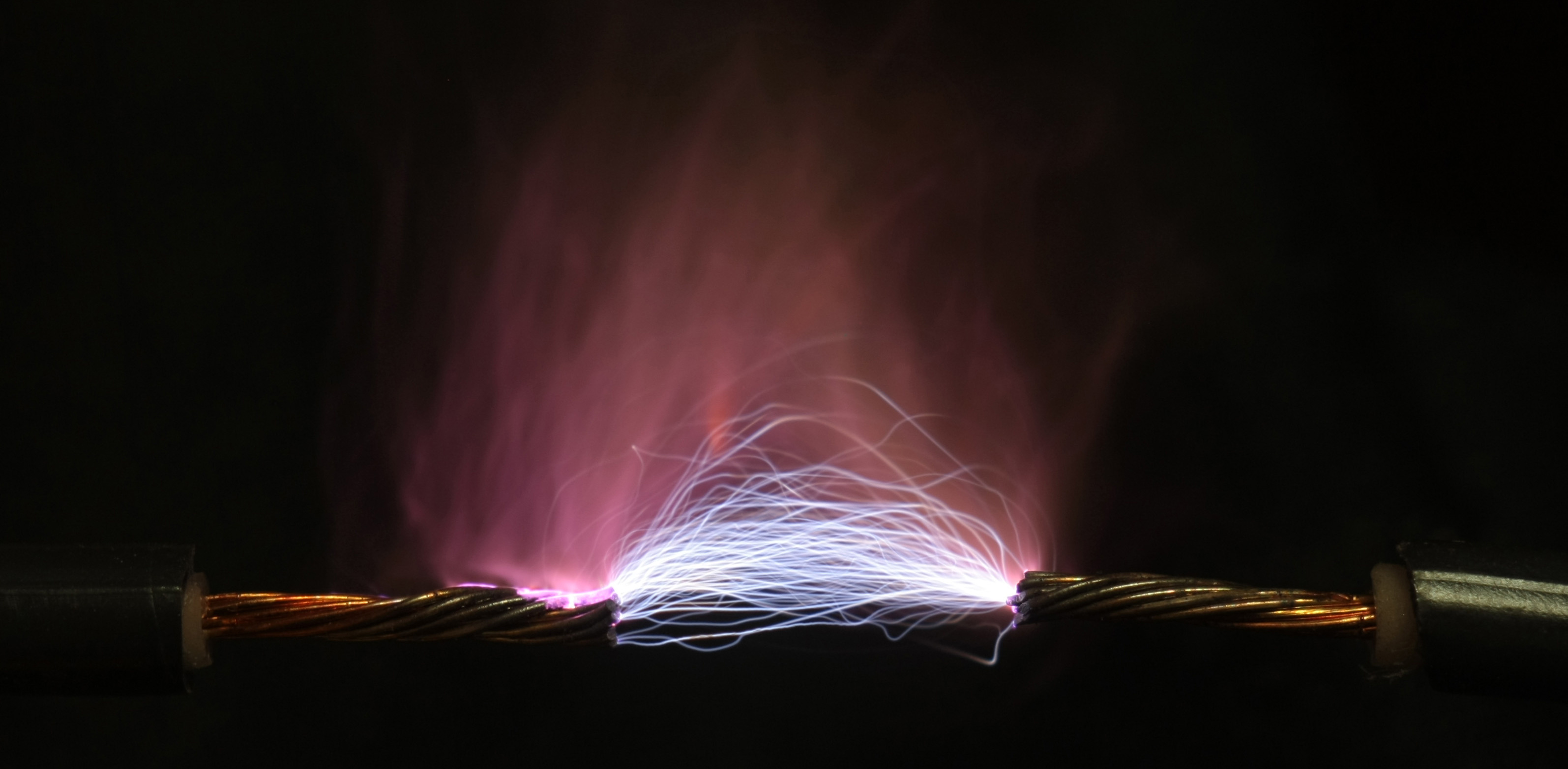Arc-proof DC connector systems for high-voltage applications in buildings
In a world where practically all consumers require direct current (DC), DC networks offer immense advantages. Modern semiconductor technologies enable safe utilization, which is accompanied by the advantages of increased efficiency at lower costs. Fraunhofer IFAM has developed a concept for a very compact plug-in system that can transmit high DC power and ensure the required safety through the use of electronics and software.
The power grid in its current form is the result of a long historical development. Factors that favored the decision to operate on alternating current (AC) at that time are of lesser or no significance today. On the other hand, the demands on the grid have changed, as have the consumers themselves. Today, direct current applications dominate in households - devices requiring alternating current hardly exist anymore.
Direct current networks in households bring decisive advantages over alternating current networks
Photovoltaics, electrical storage, e-cars - all these are high-power DC systems with high operating voltages and they have already arrived in the domestic sector. However, DC has its own challenges compared to familiar AC systems, above all the particular hazard of arcing when a connection is disconnected under load. The connectors commonly used to date for high-voltage DC systems (HVDC) are extremely clunky because they attempt to control this hazard through mechanical design measures. This severely restricts their widespread use, especially in domestic applications. This is because, even away from the applications mentioned above, almost all devices today are DC loads that are powered from switched-mode power supplies. These power supplies contain additional components in order to be able to operate at all on the AC mains. A DC network in the household promises considerable improvements in efficiency and reliability, while at the same time saving material, reducing system complexity and thus also costs!
Innovative technology for intelligent DC power outlet
Fraunhofer IFAM holds a technology patent for a plug-in system which ensures the required safety by using intelligent electronics and can therefore be constructed much more compactly. A data link is established between the terminal device and the power outlet which only then applies high voltage to the contacts if the protocol is correctly observed. If this communication is interrupted, e.g. when the plug is pulled out, the voltage is immediately switched off and the formation of a dangerous arc is prevented. When the connection is open, the contacts are voltage-free and therefore safe to touch - design measures such as recessing the contacts and a protective collar are not necessary.
The special feature is that the data connection is routed via the same contacts as the electrical energy - the cables are therefore not more complex and the coupling can also be constructed very simply. So there are no compromises in this respect compared to e.g. the compact Euro plugs that are widely used in the domestic environment for small consumers.
Safer and more efficient power outlets with multiple possibilities for Smart Home and Internet of Things (IoT)
The power outlets use power semiconductors of the latest generation as switching elements. These operate without closure and with very low losses, while combining a compact design with high current capability and dielectric strength. The effective power output can be increased by the higher system voltage without requiring larger conductor cross-sections. The constant monitoring of the power parameters by the electronics represents a considerable safety gain compared to only centralized circuit breakers.
In particular, the small consumers with switched-mode power supplies that are found in large numbers in today's households benefit from a simpler design and increased efficiency. This reduces material usage as well as costs and enables more compact, reliable and inexpensive devices. The complex inverters on PV systems and stationary energy storage units are no longer required, and owners of electric vehicles in particular benefit from lower costs and higher performance.
Another feature: in addition, the communication link can be used to exchange further usage-dependent data. The power outlet provides data access to the home network for the end device, which offers a wide range of uses in the field of home automation, the SmartHome and IoT.
 Fraunhofer Institute for Manufacturing Technology and Advanced Materials IFAM
Fraunhofer Institute for Manufacturing Technology and Advanced Materials IFAM